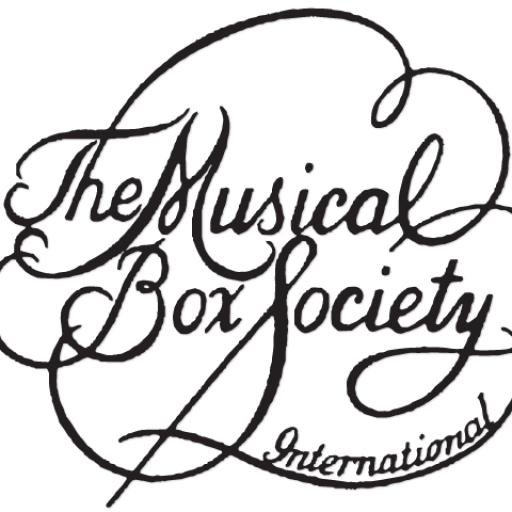In 80 galleries, 8.000 objects (paintings, sculptures, prints, drawings, photographs, objects from Dutch history, silver, porcelain, glassware, ceramics, furniture, jewellery, costumes, textiles, and of course musical instruments) tell the story of 800 years of Dutch art and history, from the Middle Ages to the 20th century. Musical clocks are the only mechanical music available. Additional information.
Germanisches Nationalmuseum
No mechanical music. The department comprises one of the world’s largest collections of historical keyboard instruments, with numerous early fortepianos, predominantly of south-German and Viennese provenance. A further collection focus is formed by wind and string instruments from Nuremberg during the Holy Roman Empire, when it was a Free Imperial City.
Staatliche Museen zu Berlin Ethnologisches Museum
One of the three core areas of the ethnomusicological holdings is the Berlin Phonogramm Archiv (Phonograph Archive) with its collection of early phonograph cylinder recordings from between 1893 and 1954, encompassing more than 16,000 original wax cylinders from all over the world.
Franciszek Kotula Ethnographic Museum in Rzeszow
No mechanical music. Instruments and memorabilia belonging to Jozef Strzępek, and the oldest musical instruments owned by the Railway Orchestra in Zagorz, Orkiestra Związku Zawodowe Kolejarzy in Rzeszow, and Brass Band OSP in Besko and Brass Band OSP in Zarszyn. Among the presented instruments, most come from Graslitz in the Czech Republic, which belonged to the so-called Musikwinkel (Basin of the instrument factory), created by the Markneukirchen and Kligental centers (on the German side) and Graslitz (on the Czech side). One of the oldest instruments presented at the exhibition is the tuba from 1908 (owned by the Orchestra in Zagórz), Bohland & Fuchs Musikinstrumenten Fabrik Graslitz (now Hradec Kralove), and the Czech Republic. Additional info.
National Museum in Poznan
No mechanical music. Around 2500 exhibits from all continents: European professional and folk instruments, non-European instruments, and musical documents, from the past and the present, the oldest dating back to the Lusatian and pre-Columbian cultures. The museum has a particularly impressive collection of plucked and bowed string instruments, keyboard instruments, wind instruments, and Polish folk instruments. Additional information
